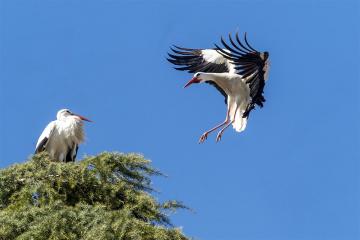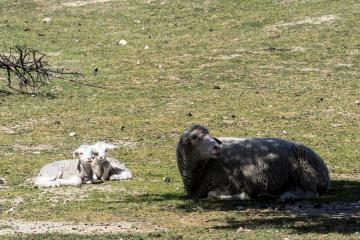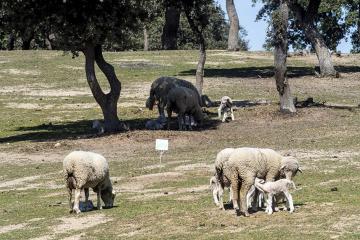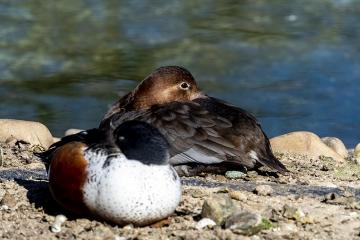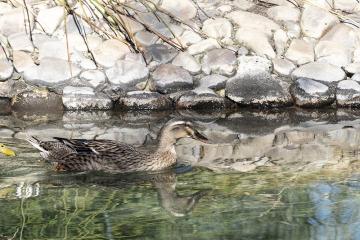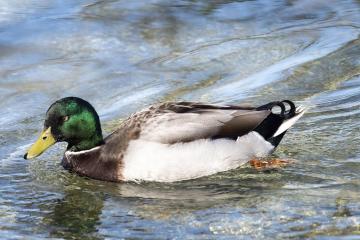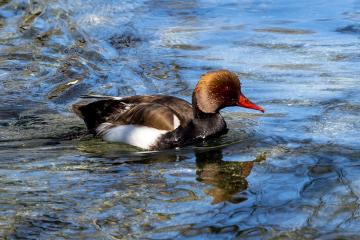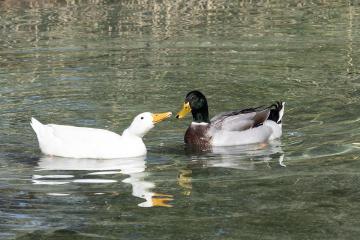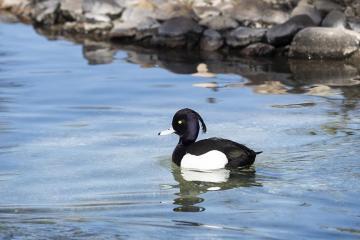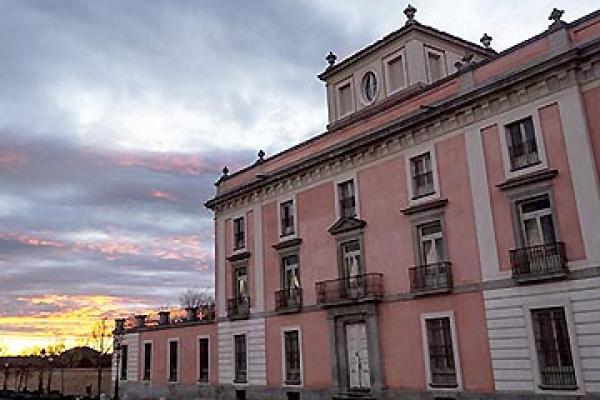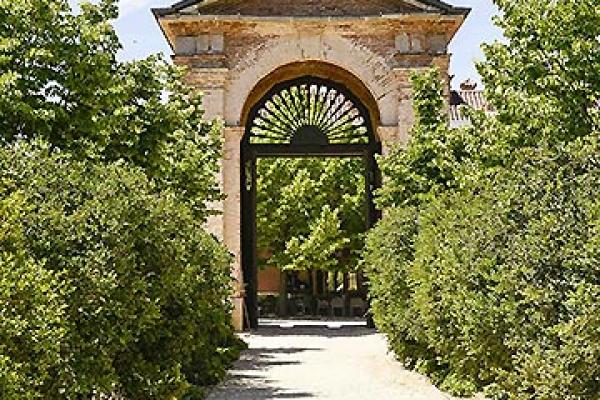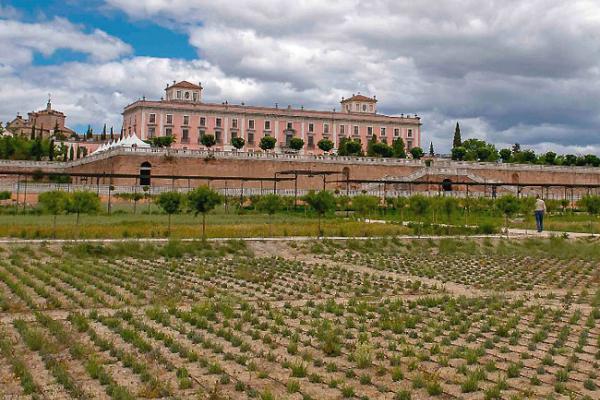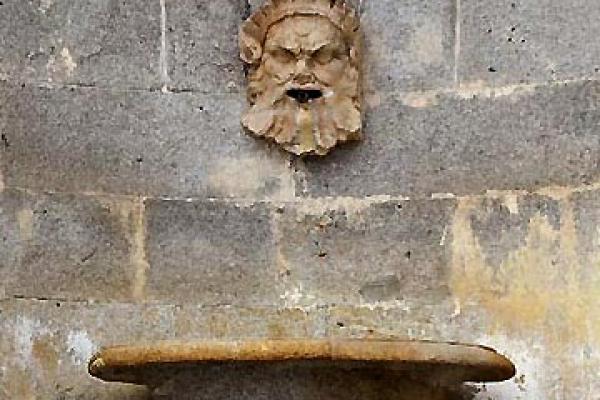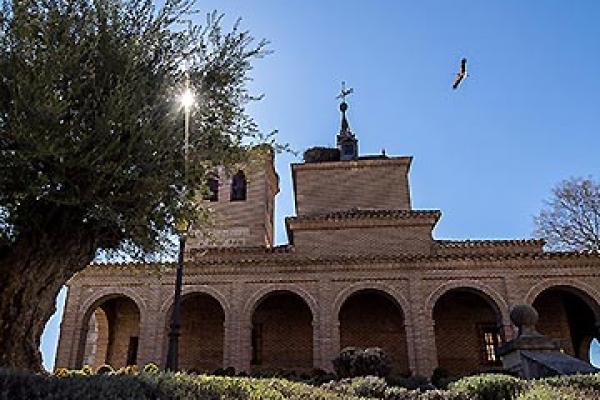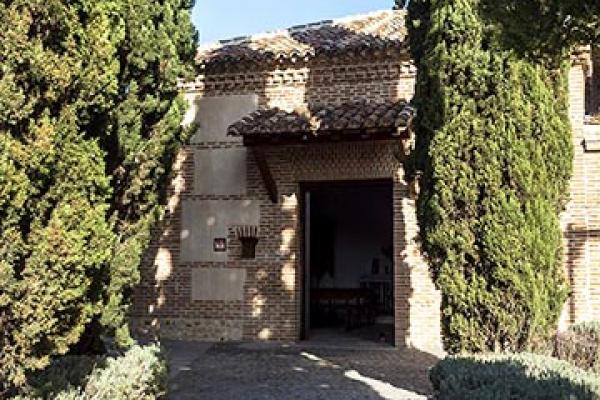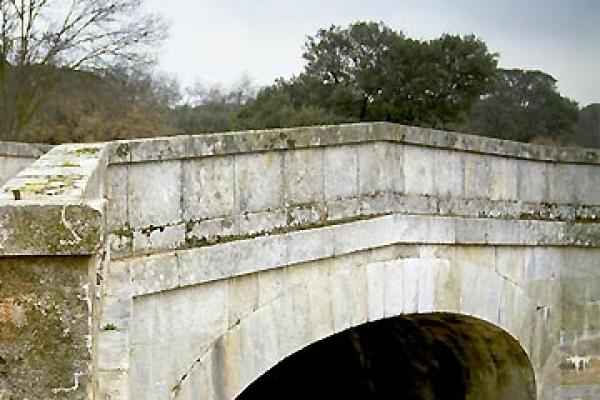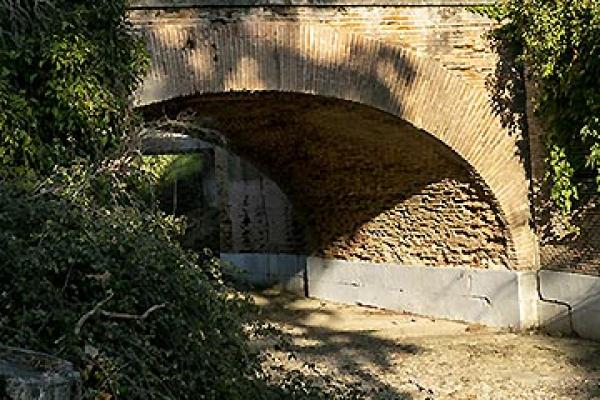Itinerary: The Wildlife Trail is a loop route that runs through the Monte Norte, a woodland stretching between the highway from Boadilla to Majadahonda (M516) and the Boadilla-Pozuelo highway (M513).
Highlights: Wildlife observation, traces of wildlife traces, Mediterranean woodland.
Length: 7.7 km.
Approximate duration: on foot, 3-3.15 h, bicycle, 1.5 h.
Eleavtion: 667-724 MASL
Average grade: 3.9%
Maximu,: 20 - 12%
Accessibility: Dirt roads in good condition, areas with slopes. Not accessible by Persons with Reduced Mobility.
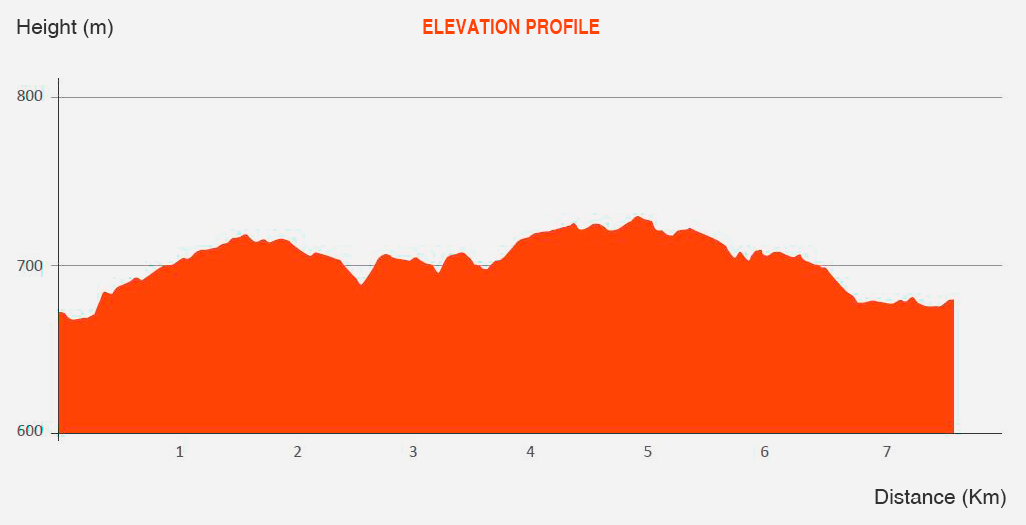
This route begins in the Aula Medioambiental (Environmental Classroom) and heads towards the roundabout of the Boadilla-Pozuelo highway (M513), leaving, on your right, the artificial nests provided for the white stork (Ciconia ciconia) located on the esplanade by the Palacio del Infante don Luis. These birds constitute one of the municipality's most characteristic species, frequently found on the roofs and the towers of buildings in its historic center. Their signature call, used to hail their mates, reveals their presence in the municipality, from the late winter to mid-September, when many of them migrate to the south of the Iberian Peninsula, or to Northern Africa, even as far as sub-Saharan Africa, where they spend the winter months. In recent years, however, it is has been observed how, despite the stork being a Trans-Saharan migratory species, more and more of them remain in our country during the winter months, due to global warming. Crossing the highway using the crosswalk, you access the Monte Norte through a gate before reaching the Cerro de la Mira overlook, offering beautiful views of the historic center of Boadilla del Monte, presided over by the facade of the Palacio del Infante Don Luis.
The route then enters the woodland, making its way through the oak grove, which grows progressively denser. At this point hikers should begin to pay attention and be on the lookout to spot the different species that inhabit this part of the woodland area, home to one of nature's most cunning predators: the fox (Vulpes vulpes), which, given its nocturnal habits, will be difficult to glimpse, although you may find traces of it, such as droppings and footprints. Artificial incursions into the habitat of this mammal are one of its leading causes of death, especially due to being hit by automobiles.
The trail continues through an area abundant in gum rockrose, a plant whose presence is very perceptible due to its intense, sweet aroma. Passing this brush, on the right of the path you will be able to see the tell-tale marks of a horse training circle. A few meters on, the trail coincides with a forest track, joining it and bending left.
On this section we encourage you to keep an eye out for the footprints and traces left by the fauna, the most abundant usually being burrows and rabbit droppings. Following this same track, the route crosses the seasonal bed of a small stream, several pine trees standing nearby, in which you just might be able to spot bird species like the coal tit (Periparus ater) or Europan crested tit (Lophophanes cristatus). Paying close attention, you also might catch sight of a common rabbit (Oryctolagus cuniculus) near the cairns constructed to favor these mammals' reproduction. Follow the path through the grove of holm oaks, a good place to observe birds such as the wood nuthatch (Sitta europaea) as it makes its way along tree trunks, upside down; or the serin (Serinus serinus), singing high above in the oaks.
Once you reach the point where you find the "Club de las Encinas" cabins, turn left and the trail continues along a thalweg where it is common to find traces of small mammals and birds, due to the humidity accumulated there.
Advancing along the same path until you reach the crossroads, on your left you can see two of the Boadilla woodland’s most impressive trees, lending their name to this place, known as the Valle de la Corchera: a pair of ancient and imposing cork oaks (Quercus suber), one of them listed as a Legacy Tree of the Community of Madrid. This area is also a good place to observe how birds of prey soar over the area, like the common buzzard (Buteo buteo), black kite (Milvus migrans) and the northern goshawk (Accipiter gentilis). The path veers to the left and, after crossing a small pine forest, arrives back at the M516 highway, turning left again and running parallel to the fence, by the exercise facilities.
These predatory qualities have led to its being used in falconry, but also attempts at its eradication, due to its preying upon species that are hunted.
When you reach the Pino Centinela housing development, the route bears left, back into the woodland, until the perimeter of the Club Las Encinas, westward, until the Finca de la Milagrosa, where the famous “firefighting sheep” spend their nights. On this same path, from May to September, you are almost bound to spot an Algerian sandracer lizard (Psammodromus algirus). Thus, you will reach the Boadilla-Pozuelo highway (M513), from where you will to return to the route’s starting point: the Aula Medioambiental (Environmental Classroom).





